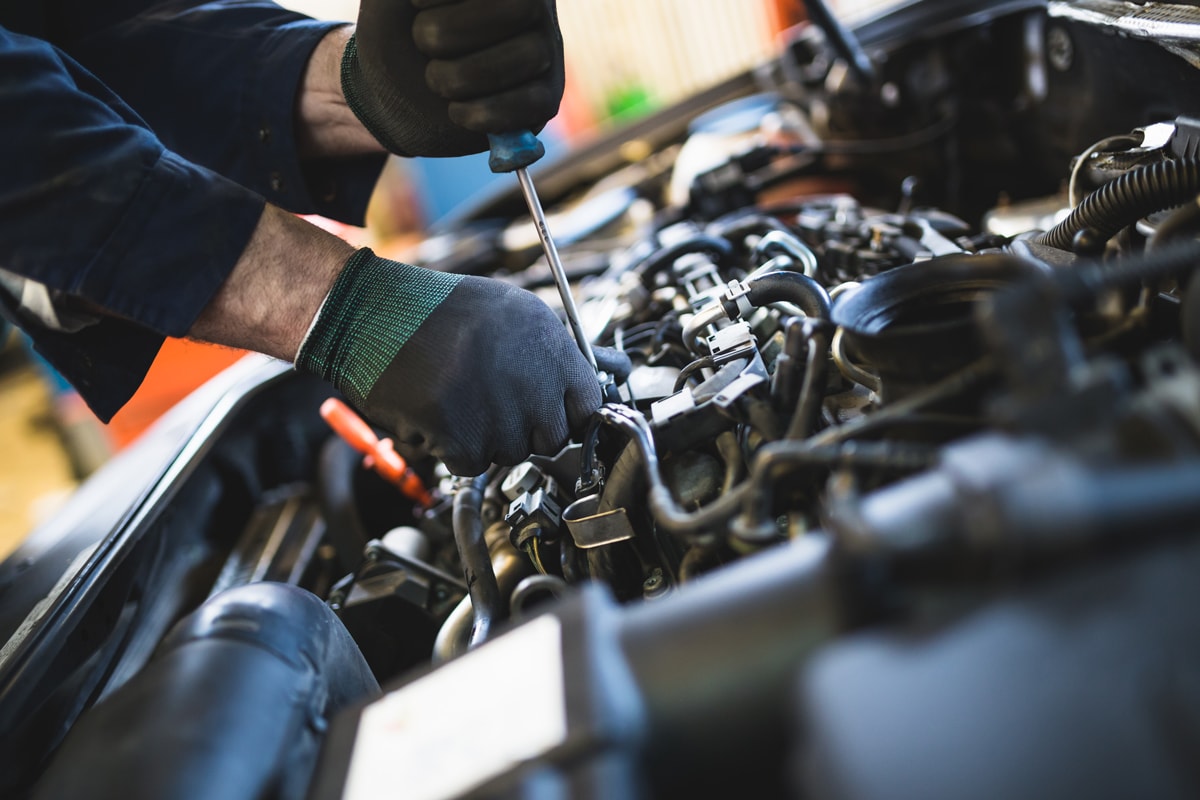All Categories
Featured
Your vehicle's shock absorber plays a vital duty in supplying a smooth and steady trip, making certain that you keep control on various terrains. It takes in roadway shocks, sustains the car's weight, and keeps tires in contact with the roadway. Correct maintenance of this complicated system is vital for safety and performance. Comply with these actions to ensure your shock absorber remains in optimum condition.
![]()
Leaking Fluid: Struts or shocks may leak oil when they're worn. Damaged Springs: A drooping or unequal position might suggest a damaged spring. Worn Bushings or Round Joints: Fractures, rips, or unusual activity throughout operation recommend wear. Corrosion or Rust: With time, metal parts may wear away, resulting in weakened components. Attend to any kind of concerns without delay by consulting a professional auto mechanic.
![]()
Feathery Footstep: Indicates poor alignment. Hairless Sides: Recommends worn shocks or struts creating extreme jumping. Revolve your tires regularly and preserve the appropriate tire pressure to minimize stress on the shock absorber. 3. Replace Shocks and Shows Off When Required. Struts and shocks are important to your suspension's efficiency. Signs they need replacing include:
A bouncy or rough ride. Nose-diving when stopping. Too much body roll when turning. Replacing these components at the advised periods (every 50,000 to 100,000 miles, depending upon driving conditions) can restore ride quality and handling.
Avoid driving over splits, aesthetics, and speed bumps at broadband. Take edges carefully to avoid too much lateral forces. Reduce on rough roads to minimize deterioration. 6. Arrange Regimen Alignments. Wheel alignment makes certain that your tires and suspension job sympathetically. Misaligned wheels can cause guiding concerns, uneven tire wear, and extra tension on suspension parts. Arrange an alignment examine annually or after striking a considerable crater.
![]()
Final thought. A well-kept suspension system enhances driving comfort, boosts security, and prolongs the life of your lorry. By remaining positive with examinations, dealing with issues immediately, and driving sensibly, you can maintain this vital system for several years ahead. Purchase proper suspension maintenance today, and delight in a safer, smoother trip on every journey.

- Check Suspension Components Routinely. Regular visual evaluations can help determine potential troubles early. Search for the complying with indicators:
Leaking Fluid: Struts or shocks may leak oil when they're worn. Damaged Springs: A drooping or unequal position might suggest a damaged spring. Worn Bushings or Round Joints: Fractures, rips, or unusual activity throughout operation recommend wear. Corrosion or Rust: With time, metal parts may wear away, resulting in weakened components. Attend to any kind of concerns without delay by consulting a professional auto mechanic.

- Screen Tire Use. Irregular tire wear commonly indicates suspension troubles. As an example:
Feathery Footstep: Indicates poor alignment. Hairless Sides: Recommends worn shocks or struts creating extreme jumping. Revolve your tires regularly and preserve the appropriate tire pressure to minimize stress on the shock absorber. 3. Replace Shocks and Shows Off When Required. Struts and shocks are important to your suspension's efficiency. Signs they need replacing include:
A bouncy or rough ride. Nose-diving when stopping. Too much body roll when turning. Replacing these components at the advised periods (every 50,000 to 100,000 miles, depending upon driving conditions) can restore ride quality and handling.
- Prevent Overloading Your Vehicle. Straining your automobile puts unneeded tension on the shock absorber. Exceeding your automobile's weight capability can bring about premature wear and reduced efficiency. Constantly examine your owner's guidebook for the maximum load restriction and pack as necessary.
- Be Mindful of Your Driving Practices. Driving behaviors dramatically impact the health of your suspension system. To minimize stress:
Avoid driving over splits, aesthetics, and speed bumps at broadband. Take edges carefully to avoid too much lateral forces. Reduce on rough roads to minimize deterioration. 6. Arrange Regimen Alignments. Wheel alignment makes certain that your tires and suspension job sympathetically. Misaligned wheels can cause guiding concerns, uneven tire wear, and extra tension on suspension parts. Arrange an alignment examine annually or after striking a considerable crater.
- Lube Relocating Parts. Some suspension components, like round joints and bushings, gain from occasional lubrication. This lowers friction, decreases wear, and expands their life-span. Check your owner's manual or consult your mechanic for certain lubrication referrals.
- Prioritize Routine Specialist Examinations. While DIY maintenance helps, professional assessments are vital for identifying covert troubles. Professionals can examine hard-to-spot problems like used control arms or hidden structural damages. Normal inspections likewise provide satisfaction, ensuring all parts are working properly.

Final thought. A well-kept suspension system enhances driving comfort, boosts security, and prolongs the life of your lorry. By remaining positive with examinations, dealing with issues immediately, and driving sensibly, you can maintain this vital system for several years ahead. Purchase proper suspension maintenance today, and delight in a safer, smoother trip on every journey.
Latest Posts
Find Top Car Repair Care offered by Montclare Auto Repair – Drive with Confidence
Published May 24, 25
1 min read
Uncover Montclare Auto Repair’s Premier Auto Repairs and Why Drivers Trust Them
Published May 21, 25
1 min read
Discover the Greatest Auto Repair Deals in Montclare, Chicago
Published May 20, 25
1 min read
More
Latest Posts
Find Top Car Repair Care offered by Montclare Auto Repair – Drive with Confidence
Published May 24, 25
1 min read
Uncover Montclare Auto Repair’s Premier Auto Repairs and Why Drivers Trust Them
Published May 21, 25
1 min read
Discover the Greatest Auto Repair Deals in Montclare, Chicago
Published May 20, 25
1 min read